Bottlenose dolphins “Unity” and “Serif” were among 11 dolphins spotted near Seal Rock on May 28, 2020. Photo by Izzy Szczepaniak.
August 2020
ACS San Francisco Chapter Board member, Susan Hopp, recently interviewed Izzy Szczepaniak, Marine Biologist, and fellow Board member, to learn about observations of cetacean activity in the Bay Area during the past several months, and to better understand how the pandemic has affected cetacean research efforts this year.
Susan: How has the COVID-19 pandemic interrupted cetacean monitoring and research in our Bay Area?
Izzy: There’s no question, all observations of our marine life have been curtailed. With beaches and parking lots closed, parking access to shore observations has been limited. Whale watching organizations ceased their outings, which resulted in a significant loss of field research opportunities. The Marine Mammal Center and California Academy of Sciences, two of our prominent cetacean research institutions, have faced the same restrictions we have all experienced. Keeping 6 feet of distance makes it difficult (or impossible) to utilize our boats to get close for animal observation.
Also, our ability to collect stranded animals, which typically approximates twenty small animals per year, mainly porpoises and dolphins, has been greatly impacted.
Susan: What can you tell us of cetacean activity occurring in the greater Bay Area during the past several months?
Izzy: In February, gray whales returned to San Francisco Bay to feed. These are bottom feeders, whose primary diet consists of amphipods. Amphipods are invertebrate shrimp-like animals that live in the upper foot of the Bay floor to depths of 200 feet.
Starting in April, humpback whales began returning to the Bay Area from Mexico and Central America (as far south as Costa Rica) to our nearshore oceanic waters and San Francisco Bay. Due to social distancing requirements related to the pandemic, we could not go into the field, so it has been difficult to assess how many humpbacks entered San Francisco bay this year and how this compared with previous years.
Sightings of harbor porpoises and bottlenose dolphins continued throughout the pandemic. We had an exciting sighting of 11 bottlenose dolphins near Seal Rock (Cliff House) on May 28. Nine of eleven dolphins were identified as previously seen in the Bay Area. They were swimming back and forth, demonstrating behavior that suggested they were feeding. (See photo by Izzy Szczepaniak of “Unity” and “Serif”).
Susan: What opportunities are there for cetacean lovers to get out and view wildlife in the Bay Area now even in the midst of curtailed activities?
Izzy: Shore viewing points, dependent upon County policies, can be great spots for observing whales, dolphins, porpoises, and other wildlife. Some of my favorite spots include Mussel Rock (Pacifica), Land’s End (San Francisco), Marin Headlands, Stinson Beach, and Tiburon.
Whale watching tours are also beginning to resume operations at reduced schedules and with reduced passenger counts. Some local organizations such as Oceanic Society and San Francisco Whale Tours are conducting tours in the Bay Area.
Susan: In conclusion, cetaceans, our wildlife neighbors, are continuing their lives much as usual – without additional social distancing and without much care about COVID-19!
Izzy Szczepaniak is a Marine Biologist, an American Cetacean Society, San Francisco Bay Chapter Board member, and a Research Associate of The Marine Mammal Center and California Academy of Sciences. Look for more “A Conversation with Izzy” posts in the coming months as we follow up with Izzy so that we may bring you his insights into the world of whales, dolphins, and porpoises in the San Francisco Bay Area.
Susan Hopp is a strategist, educator, and practitioner of sustainable and regenerative management. She works with organizations to identify, formalize and execute sustainability strategies. Susan is a member of the Board of Directors of the American Cetacean Society, San Francisco Bay Chapter, and an adjunct faculty member at the University of San Francisco where she teaches Sustainability Leadership in the Environmental Management Masters program.

